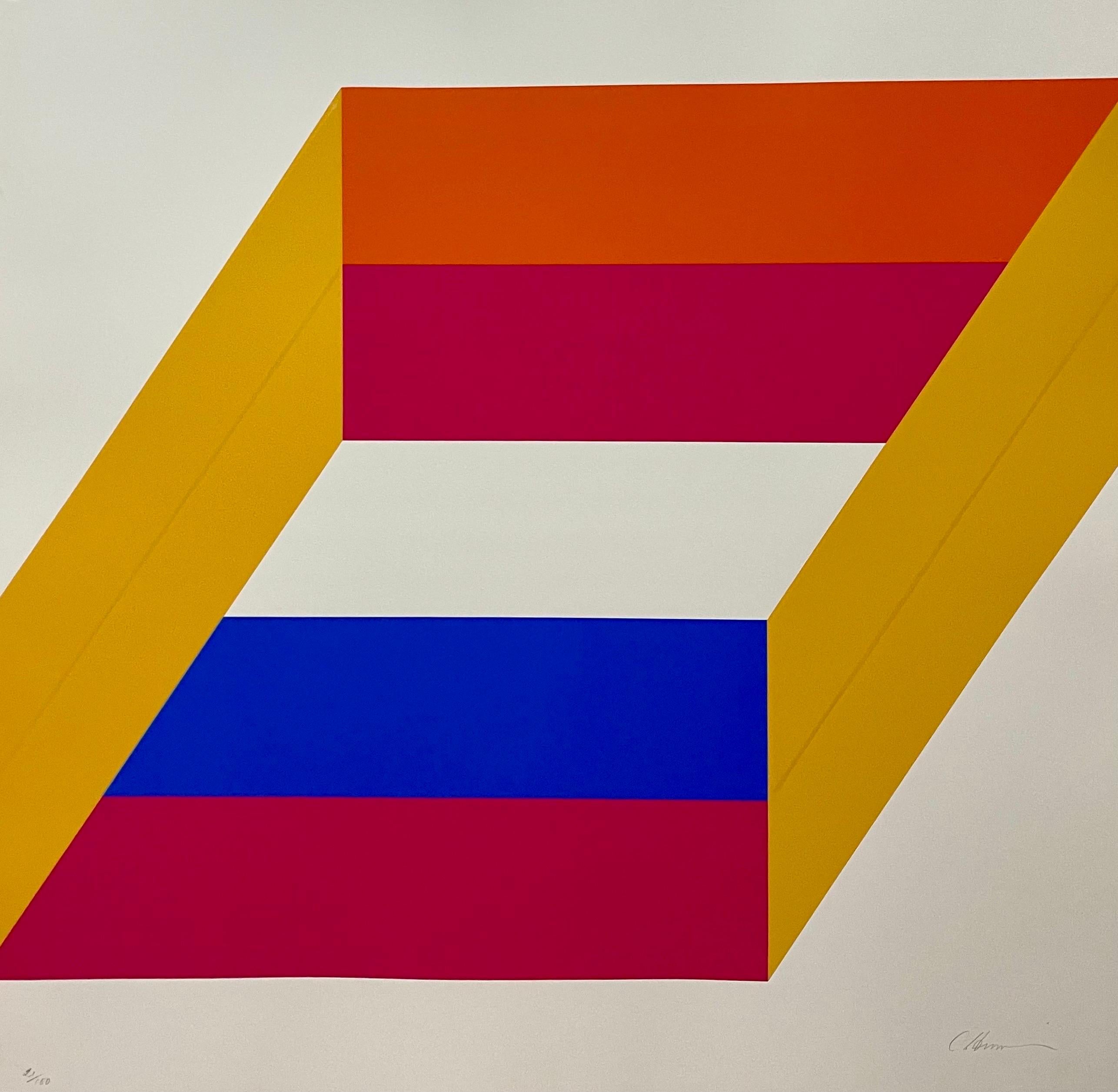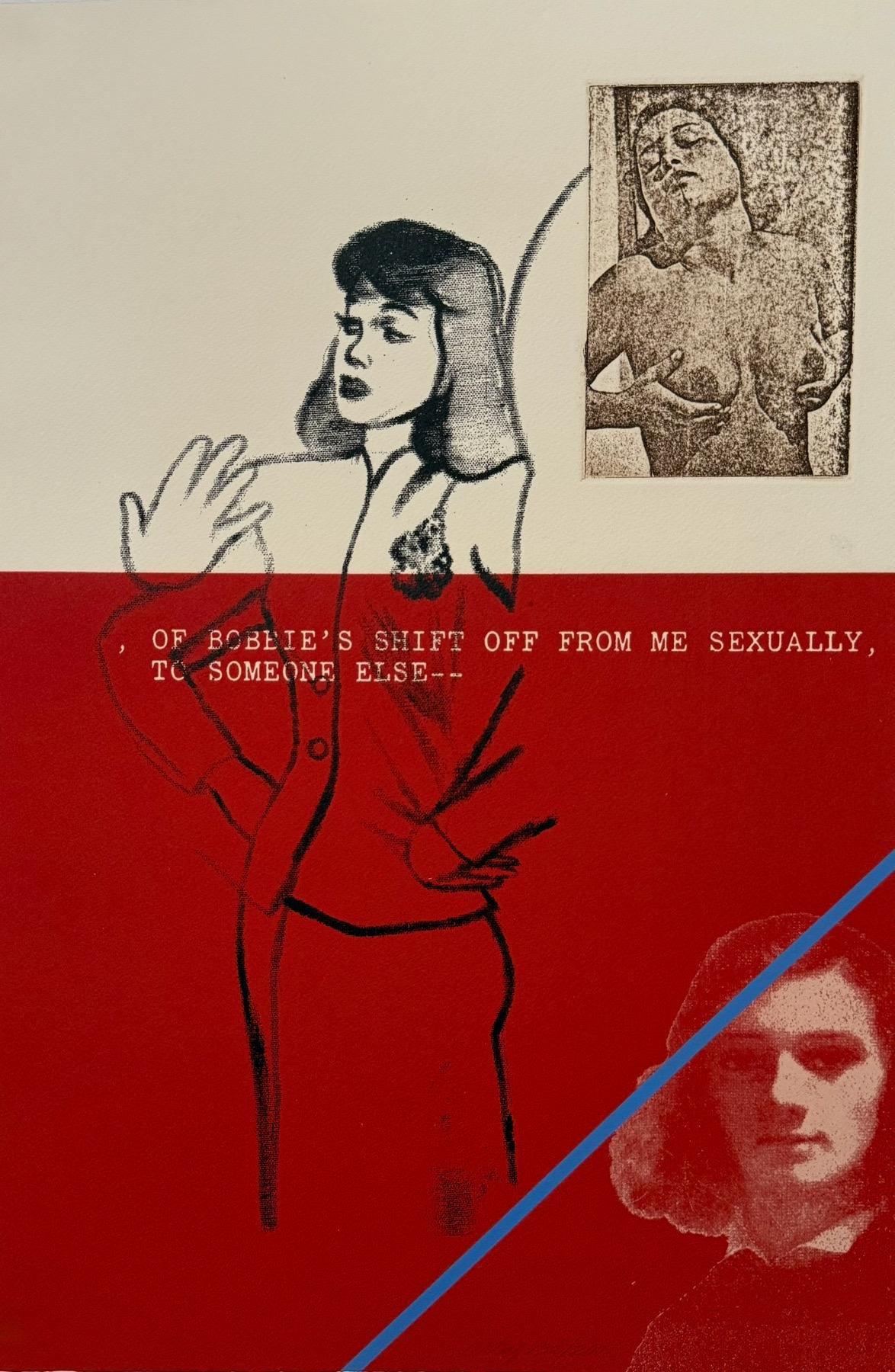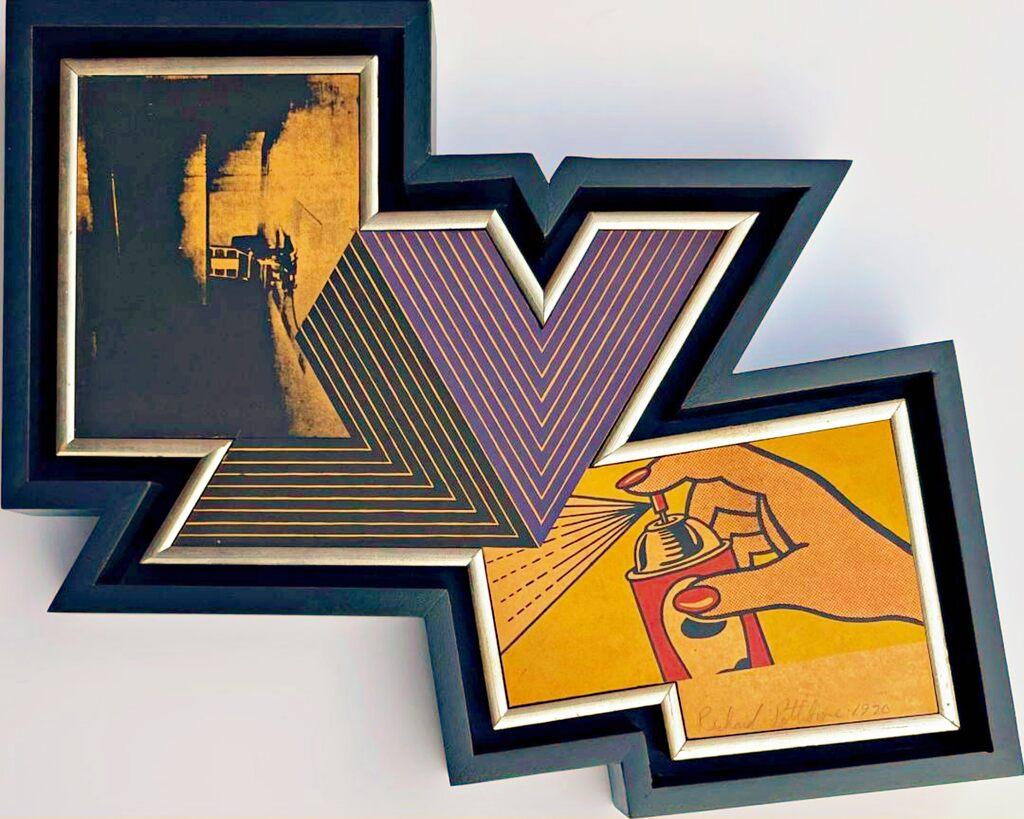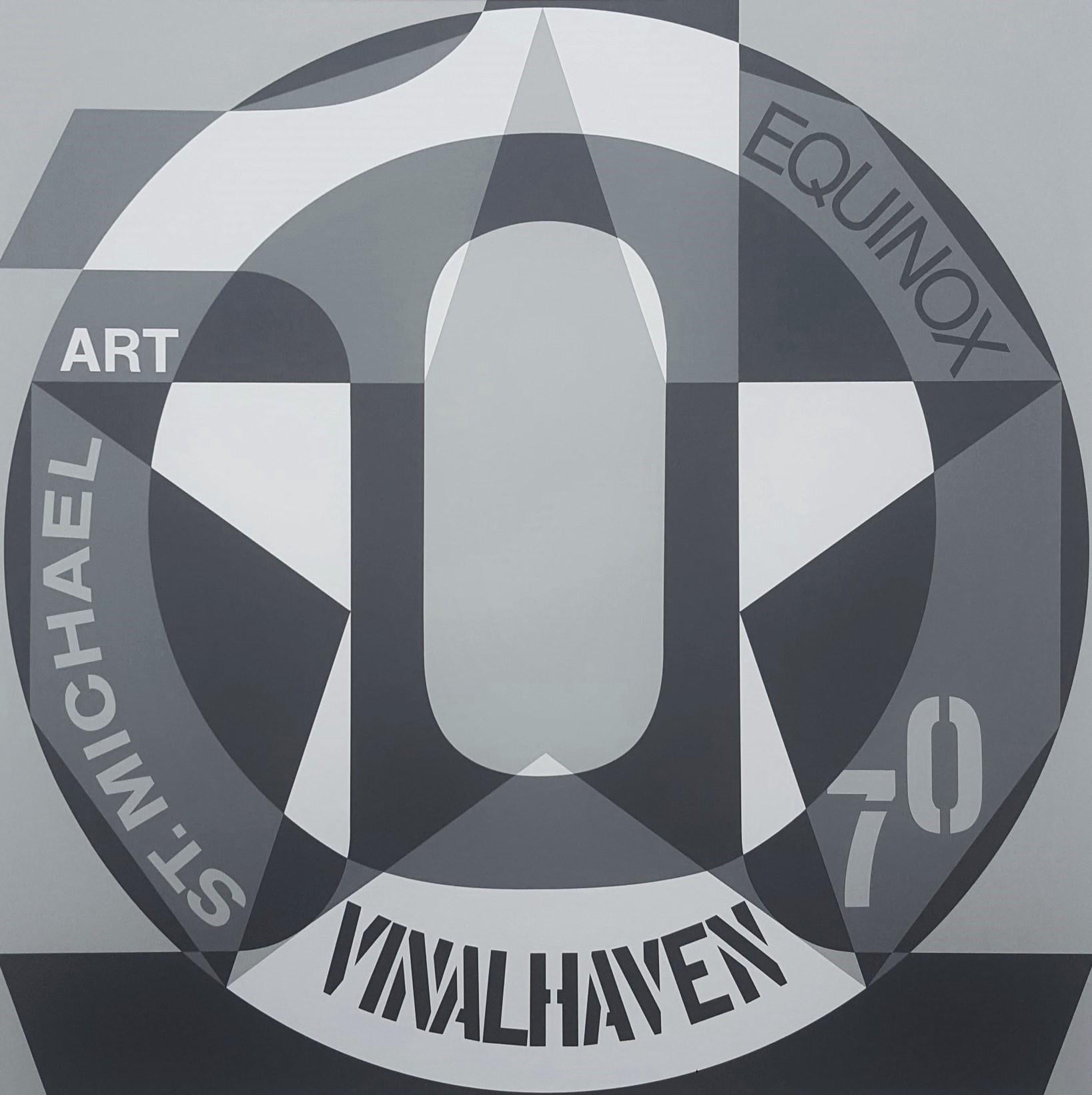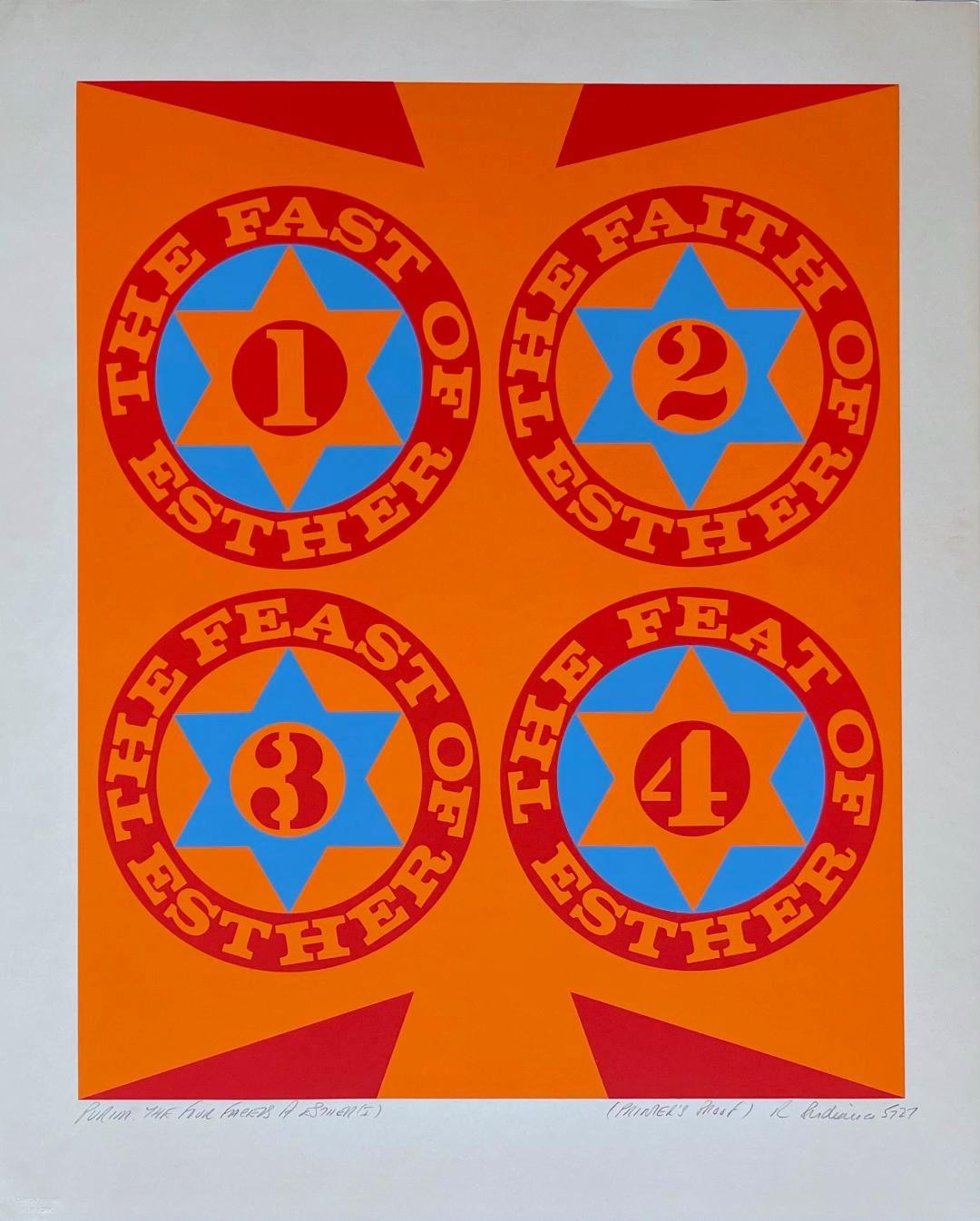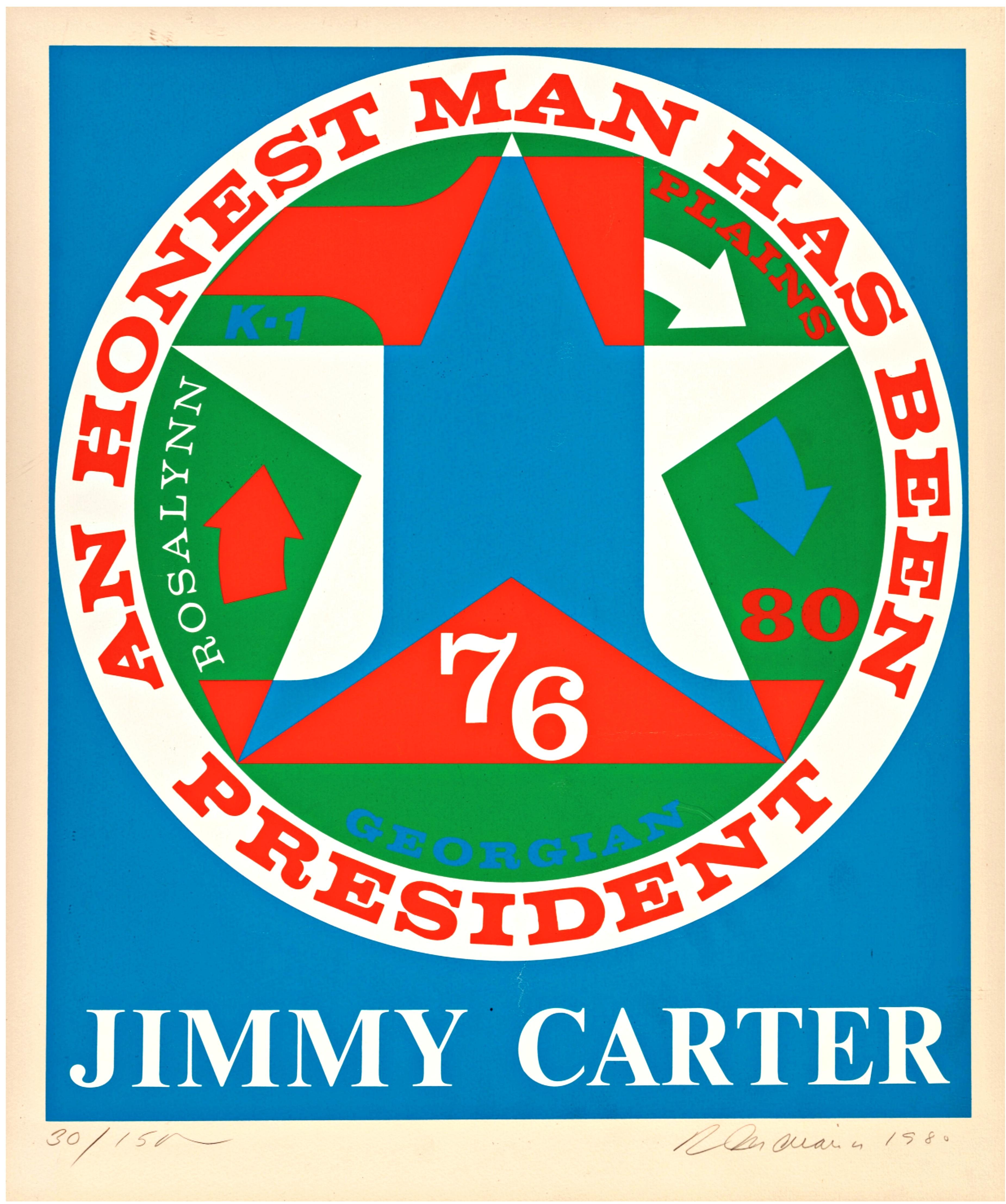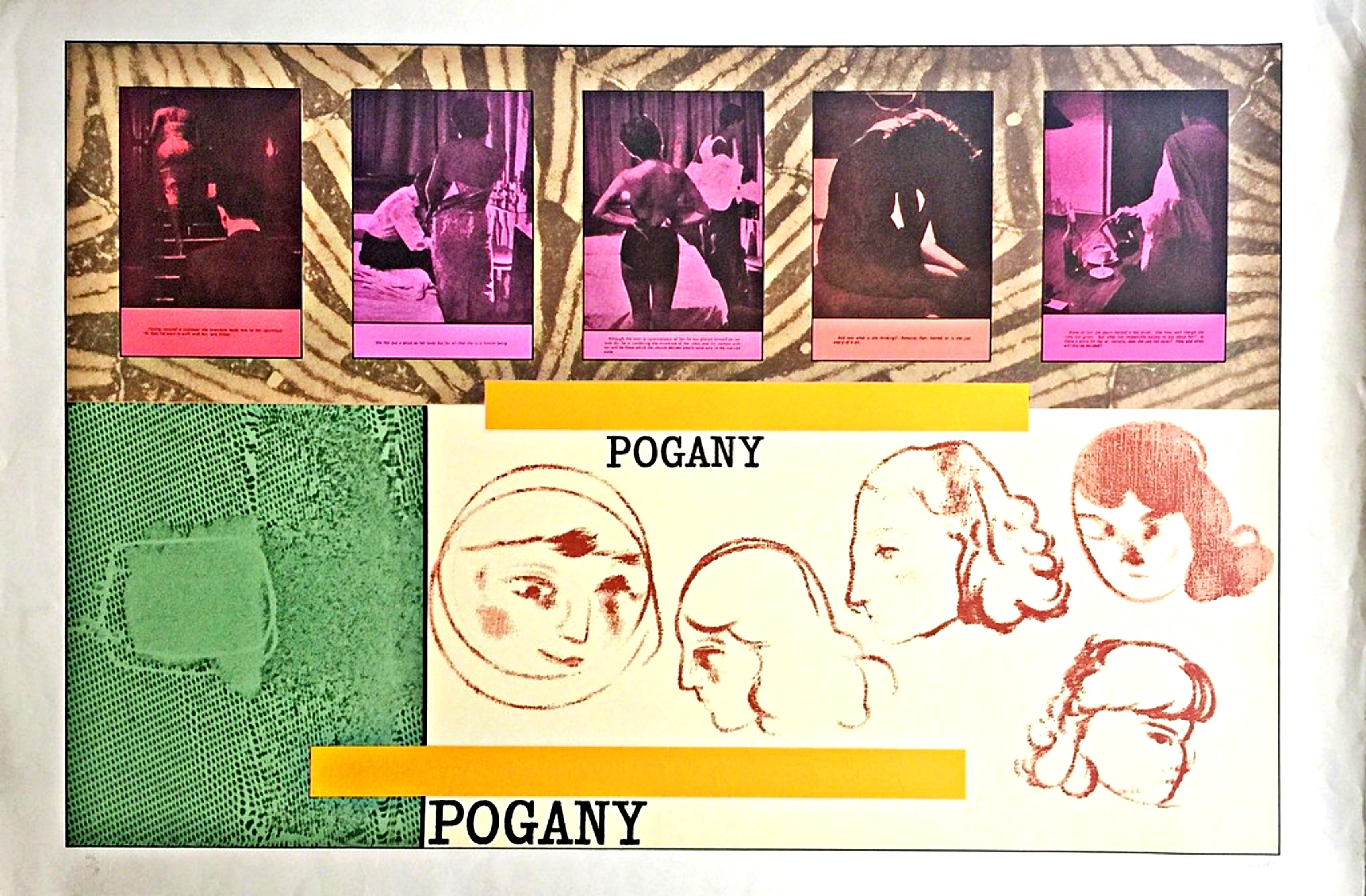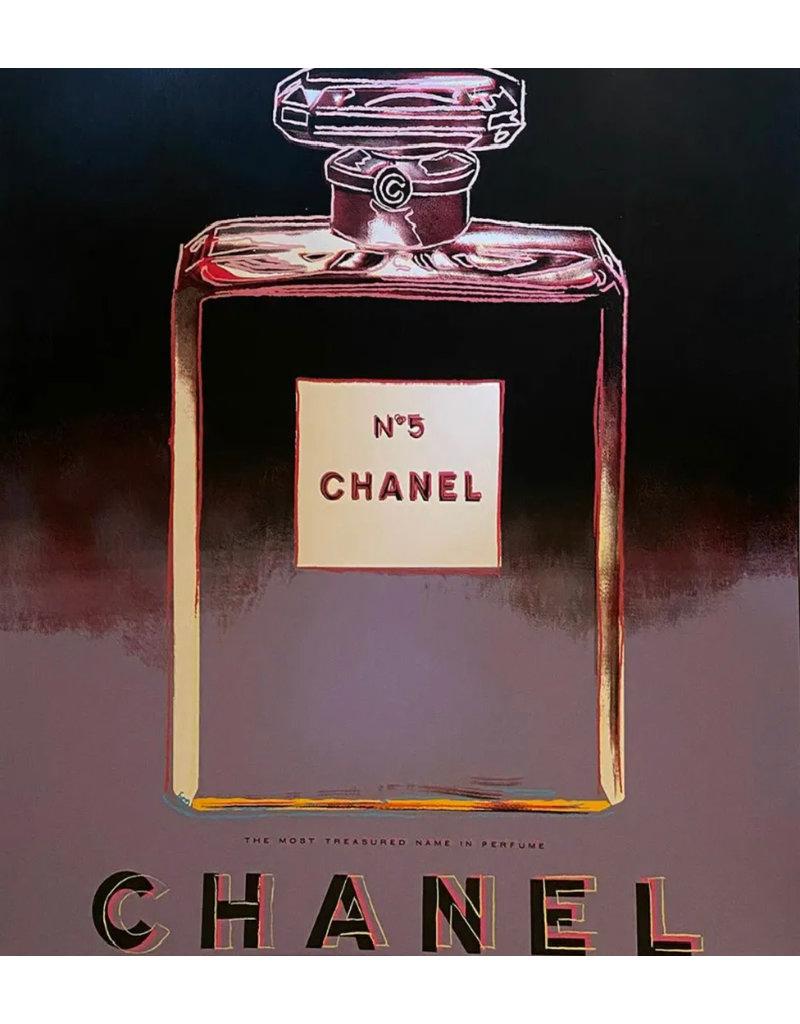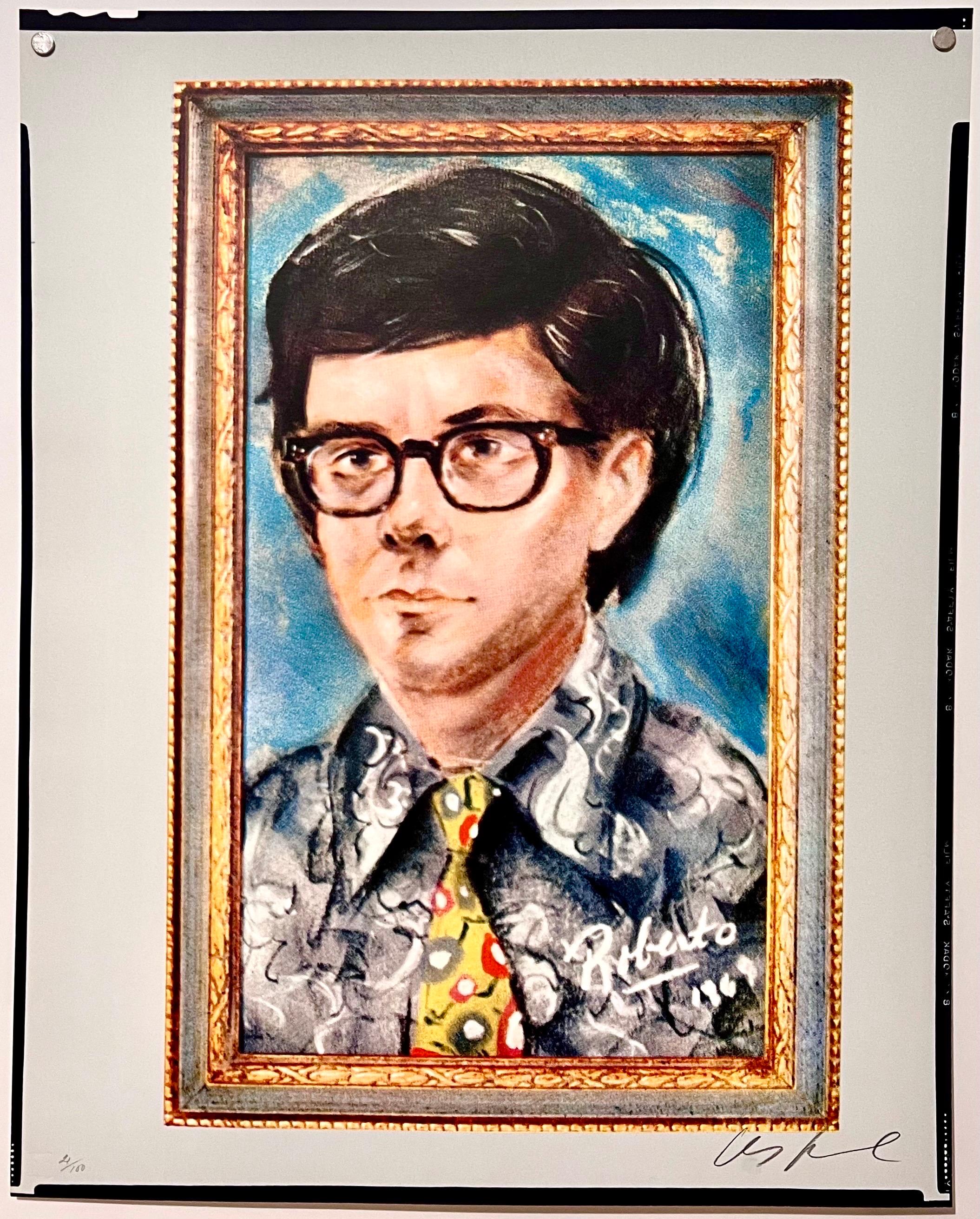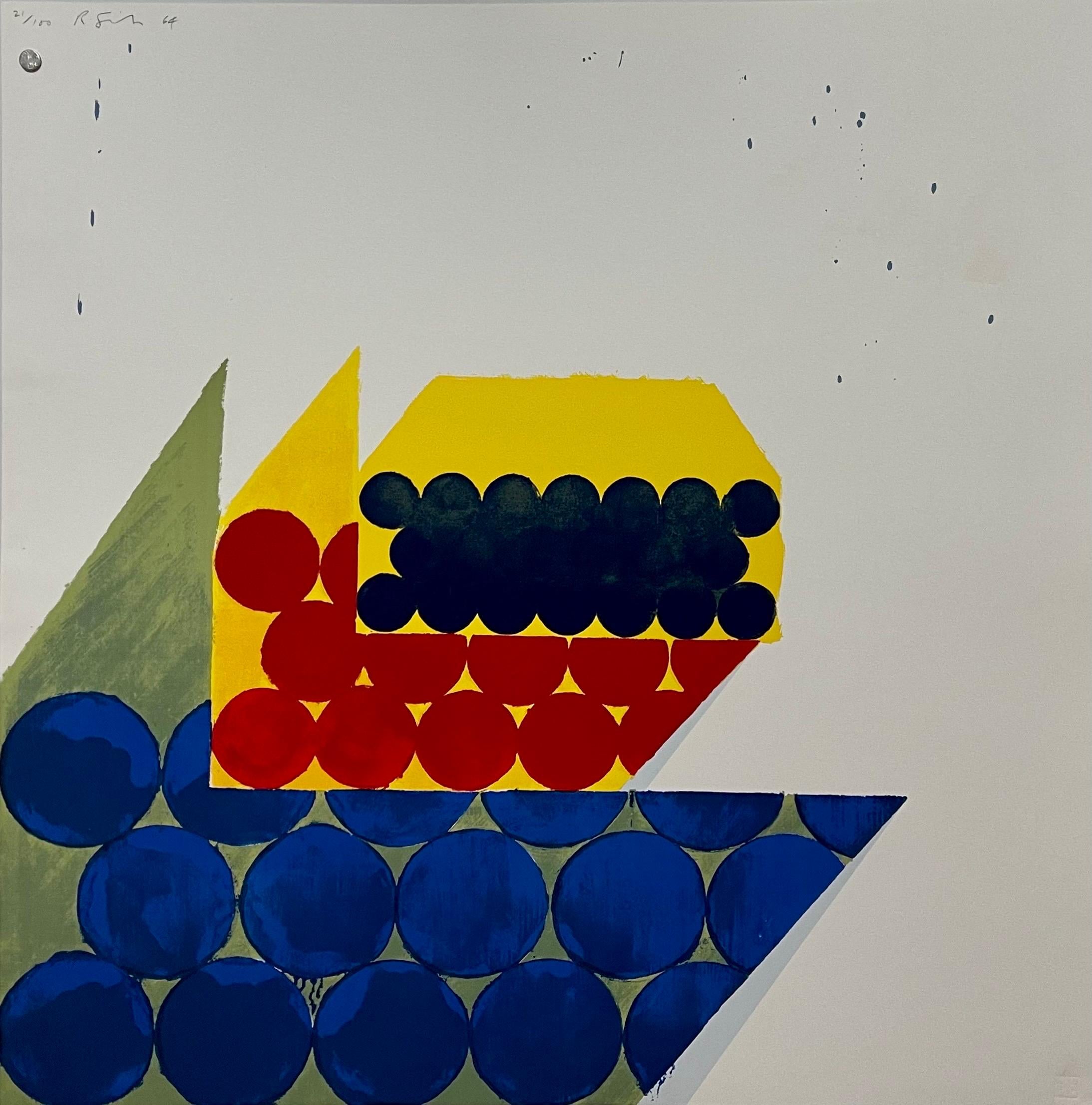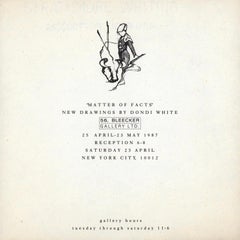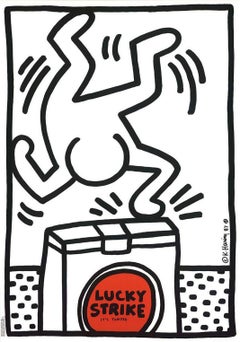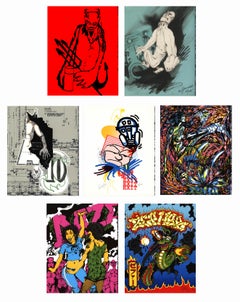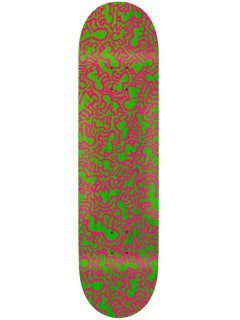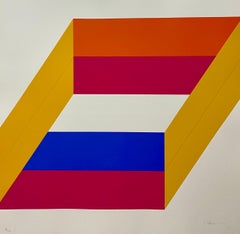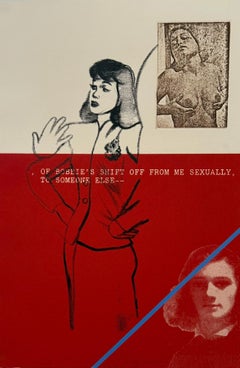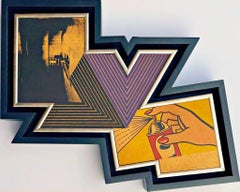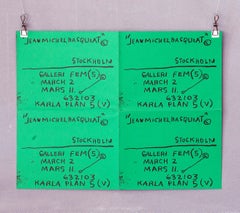
Basquiat Stockholm exhibition poster 1984 (Basquiat prints)
View Similar Items
Jean-Michel BasquiatBasquiat Stockholm exhibition poster 1984 (Basquiat prints)1984
1984
About the Item
- Creator:Jean-Michel Basquiat (1960 - 1988, American)
- Creation Year:1984
- Dimensions:Height: 17.5 in (44.45 cm)Width: 22 in (55.88 cm)Depth: 0.01 in (0.26 mm)
- Medium:
- Movement & Style:
- Period:
- Condition:Very good to excellent.
- Gallery Location:NEW YORK, NY
- Reference Number:1stDibs: LU35432272181
Jean-Michel Basquiat
Emerging from the New York City street-art scene, Jean-Michel Basquiat would become one of the most significant artists of the 20th century as he mixed hand-scrawled text, vibrant color, gestural brushwork and themes of social commentary in a prolific output of Neo-Expressionist paintings. Although his pieces always retained the improvisational energy of graffiti, Basquiat used deceptively uncomplicated motifs such as crowns and professional boxers to honor the majesty and power of Black men and place himself in that lineage. Today, Basquiat’s art is among the most expensive in the world, with his paintings regularly fetching tens of millions of dollars at auction.
Born in Brooklyn to a Haitian-American father and Puerto Rican mother, Basquiat’s parents treated him to regular visits to New York City museums and nurtured his early talent for drawing cartoons. When he was hit by a car while playing in the street, Basquiat’s mother gave him a copy of the lushly illustrated medical reference book Gray’s Anatomy. Later, human bones and body parts such as skulls and rib cages would prove potent as subject matter for his provocative and spirited visual explorations of social issues as well as his own vulnerability and the struggles he faced as a Black artist.
As a teenager, Basquiat spray-painted city bridges with friend Al Diaz, and their “SAMO” tag caught the eyes of local artists. He left home before he was 20, selling hand-painted sweatshirts and postcards in Lower Manhattan. Because Basquiat was homeless — sleeping in parks and girlfriends’ apartments — he couldn’t afford proper canvases, and instead transformed found materials, such as old doors and windows, with paint and layered paper. The works vividly juxtaposed a street-art style with forms inspired by Abstract Expressionism.
Basquiat’s first public exhibition was “The Times Square Show” in 1980, a landmark event for artists experimenting with the boundaries between the galleries and the streets, with pieces by Keith Haring, Jenny Holzer, Kenny Scharf and Kiki Smith. His art soon garnered critical acclaim as well as the attention of collectors. Basquiat’s first solo show was at Soho’s Annina Nosei Gallery, in 1982, with another that year at Larry Gagosian Gallery in Los Angeles. His star continued to rise with multiple exhibitions in Europe, a 1983 feature in the Whitney Biennial and inclusion in a 1984 exhibition of painting at New York’s Museum of Modern Art. But he found that racist stereotypes persisted in press coverage of him, even as his profile expanded, and friends contend that he was exploited by collectors and art dealers. He battled a heroin addiction for years, and at the age of 27, Basquiat died from an accidental drug overdose on August 12, 1988.
Although it mainly spanned from 1980 to 1988, Basquiat’s career in visual art involved hundreds of paintings, drawings, sculptures, prints and other works. This included collaborations with Andy Warhol, with whom he created a series of paintings between 1983 and 1985. Basquiat’s art has been exhibited in almost every major art museum in the world, and in 2017 his 1982 Untitled painting was sold for $110.5 million at a Sotheby’s auction.
Find a collection of original Jean-Michel Basquiat art on 1stDibs.
More From This Seller
View All1980s Pop Art Abstract Prints
Lithograph, Screen
1980s Pop Art Figurative Prints
Screen
1990s Pop Art Abstract Prints
Screen, Lithograph
1980s Pop Art Abstract Prints
Screen, Wood
2010s Pop Art Abstract Prints
Lithograph, Screen
1980s Pop Art Prints and Multiples
Paper, Screen
You May Also Like
1970s Pop Art Abstract Prints
Screen
1960s Pop Art Abstract Prints
Lithograph, Screen
1970s Pop Art Figurative Prints
Screen
1970s Pop Art Abstract Prints
Masonite, Pencil, Screen
1980s Pop Art Abstract Prints
Screen
1960s Pop Art Abstract Prints
Screen
